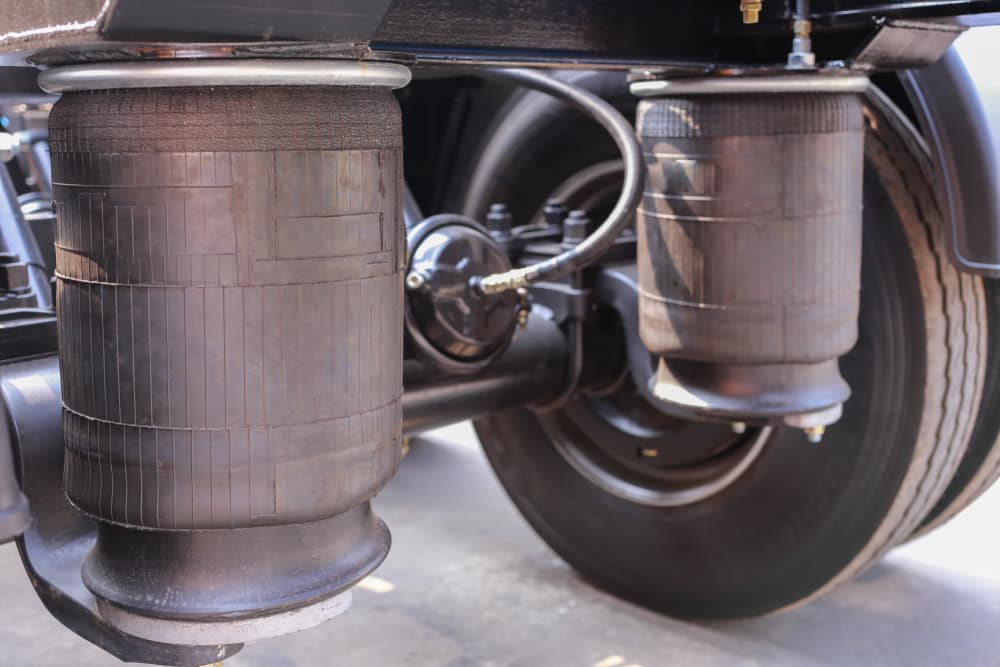
Most camping enthusiasts already have large vehicles like RVs and motorhomes with them. These come with tons of features that allow people to have a fun time even when traveling. Some of these include having lots of space to store all of your luggage in. Additionally, you are provided with rooms that are completely furnished. These include bedrooms, lounges, kitchens, and bathrooms. Aside from this, people also can use electrical appliances even while they are traveling.
Though, you have to keep the total supply of electricity in check as this is limited. While these vehicles are amazing to use, there are also some problems that you can run into with them. One common issue that you might notice users complaining about is the air suspension system on these vehicles. Considering this, we will be using this article to provide you with a list of common problems that you can get with an RV air suspension system along with ways to fix it.
RV Air Suspension Problems
1. Tires Low on Air
Running into problems with your vehicle can be quite frustrating. This is why you must understand how to deal with these. The process helps in ensuring that you can fix your issues as well as prevent them in the future. Talking about this, one of the most common reasons why your air suspension system might be causing issues is because of the tires.
These have to be kept at recommended levels of PSI rating at all times. If the tires start to run low on air then your suspension system will also have trouble properly working. This is because the tires help in absorbing shock when your motorhomes run into any bumps. Keeping a check over the wheels will ensure that your air suspension system also runs without any problems.
You can simply fix most of these issues by filling up your tires with air but there are some additional things to keep in mind as well. These tires can also get punctured that you will have to repair. Alternatively, the wheels might have worn out which requires you to replace them with new ones.
Finally, some people might complain about having to check the tires on their motorhomes again and again. In this case, you should install a pressure sensor monitor on your vehicle. These devices provide people with the exact air ratings on their tires at all times. You can even set reminders or alerts that will notify you once the air rating starts falling below the recommended levels.
2. Air Bag Springs
Airbag spring causing the failure of the air suspension is one problem you will probably come across very often. Airbag spring is one of those parts that are constantly in use, causing it to wear out after some time. Driving over a rough road where your suspension is constantly being compressed and decompressed can lead the airbag spring to lose its capability to work properly. Another reason for the airbag spring to lose its functionality is that over time the rubber below in it gets cracked. This spring cannot be repaired so the only solution left is to get it replaced from a nearby workshop.
3. Air Compressor Not Working
One more reason for the failure of air suspension is that your air compressor isn’t working properly. Just like you have a compressor for the air conditioner, there is one that is especially for the air suspension. It provides the airbag with air to make sure your drive goes smooth. The compressor is a large part and does not malfunction easily but there are several reasons which can cause it to burn out.
For instance, if there is leakage in the airbags, the compressor will continue to provide them with air and would wear out earlier than it should. Another reason for the compressor to malfunction can be from the moisture entering the electronic parts from the air. To ensure that your compressor is working properly, daily maintenance is needed. Check if there is any leakage of air from the bags from time to time. Keep a record for when the compressor’s oil should be changed and drain any condensation is present in the air receiver tanks.

